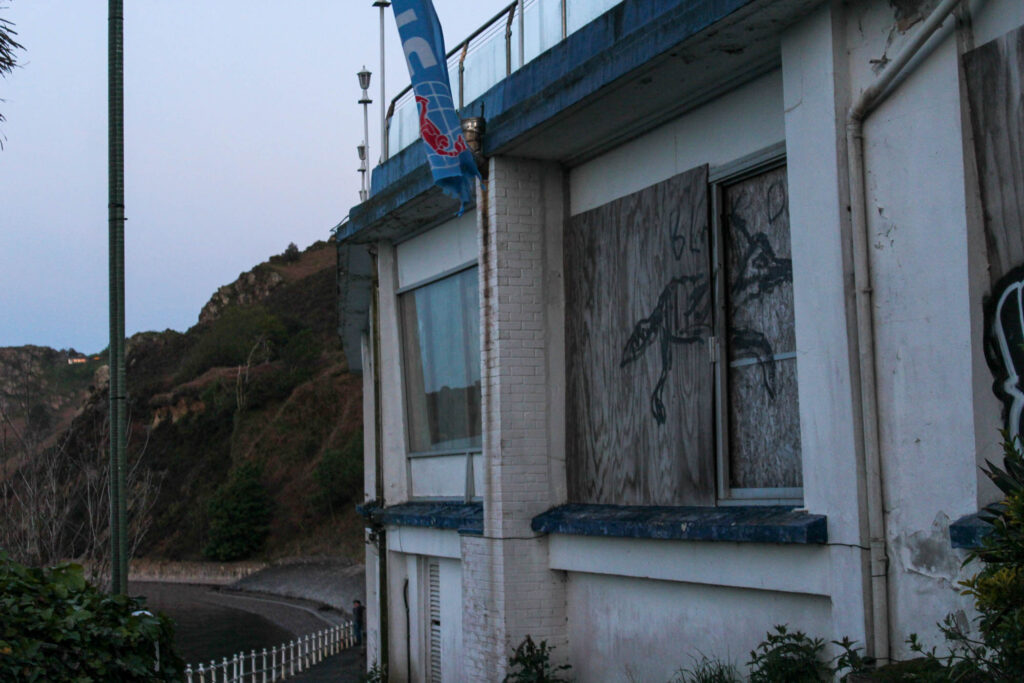Contact Sheet of Abandoned building photos
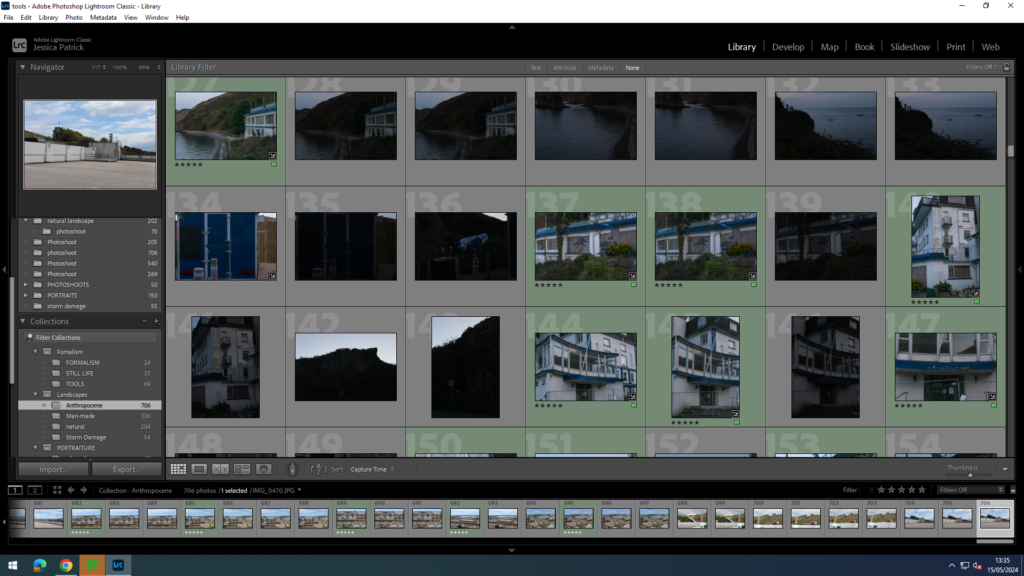

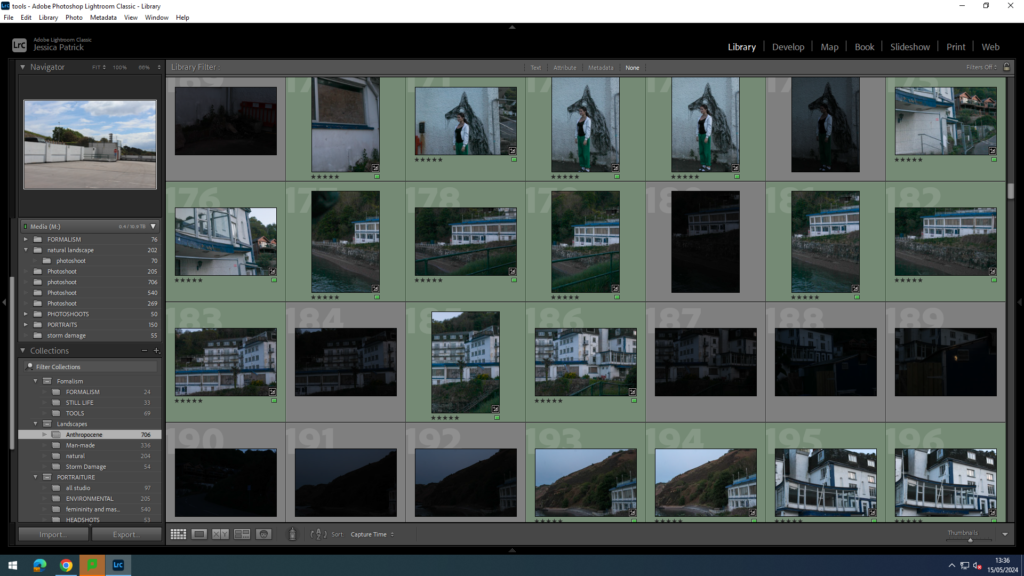
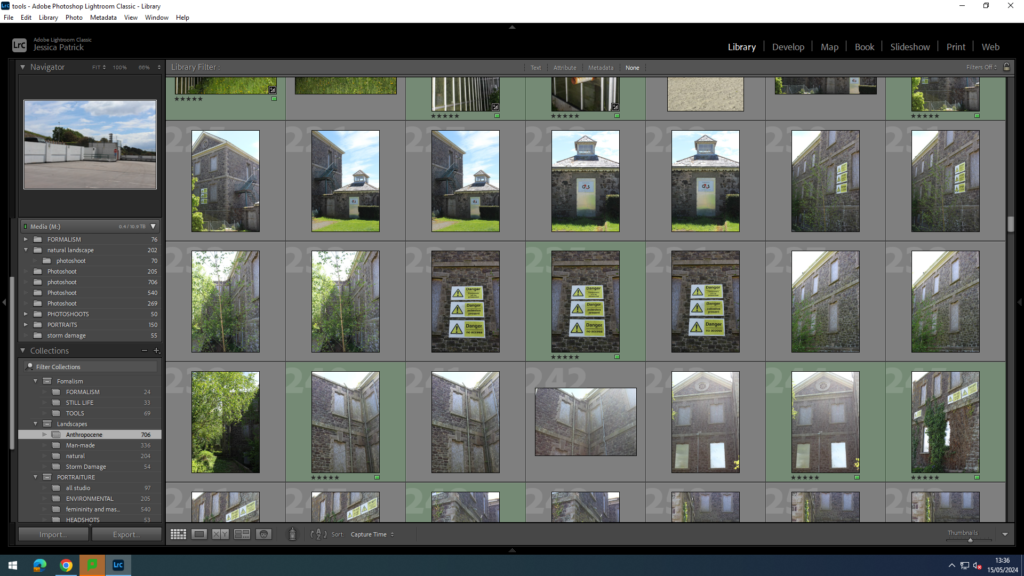
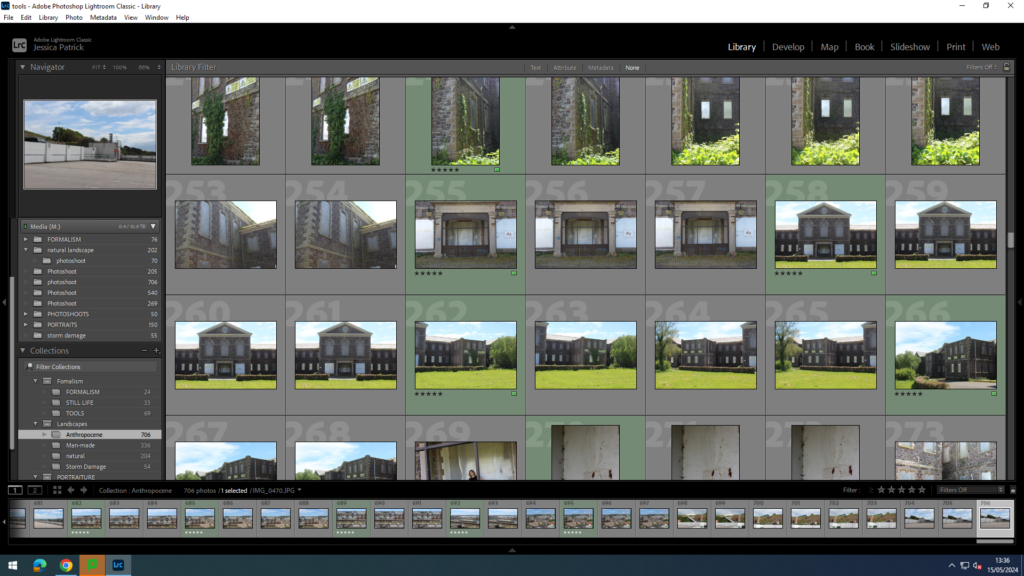

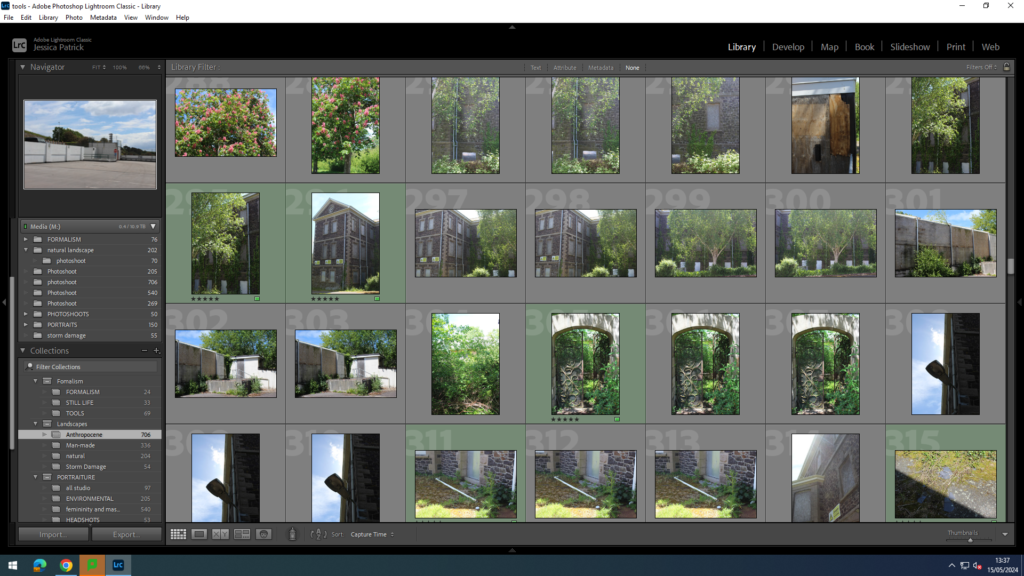

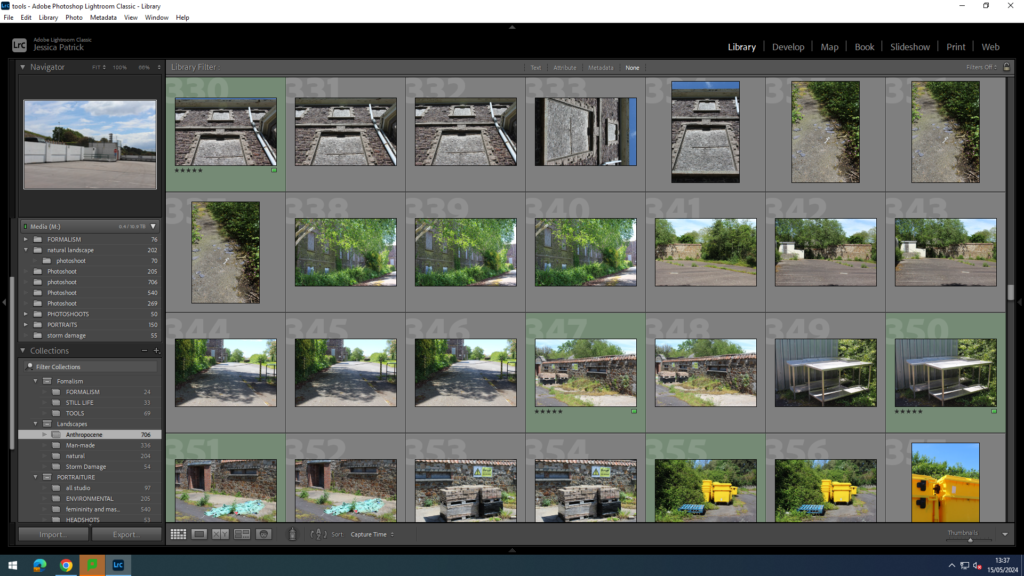
St Saviours Abandoned Hospital
St Saviour’s Hospital, formerly called the Jersey Lunatic Asylum, opened in July 1868. The States Assembly were extremely reluctant to spend money on a purpose-built lunatic asylum, and Sir Robert Percy Douglas Lieutenant Governor of Jersey was forced to intervene. The architect was Thomas Gallichan. Its name was changed to the Jersey Mental Hospital in 1952 and then again to St Saviour’s Hospital in 1963. The Criminal Justice (Insane Persons) (Jersey) Law of 1964 specifically authorises detention in St. Saviour’s Hospital. A new mental health clinic for older people was opened on the site in 2014, with two wards with a total of 28 acute assessment and treatment beds. There have been several proposals to sell the site, which is said to be worth as much as £15 million.
During this period of time mental health and disabilities was stigmatised and stereotyped into being clinically insane. Within this asylum, levels of care differed in copious amounts. For example, the less ‘severe’ patients would receive the relatively highest amount of care that could be offered in this undeveloped medical period whilst those who suffered with greater mental health issues were ‘treated like animals’, kept in outhouses on the perimeter in appalling and inhumane conditions. Those who did not reside on the premises were sent to asylums off island in France or England, however others were kept within the General Hospital of which practiced as a poor house and hospital at the time.
Edits
These images are in response to John Divola, because they are images of abandoned buildings, which is also what John Divola also took images of. I visited Bouley Bay, as well as St Saviour hospital to take my images of abandoned buildings.
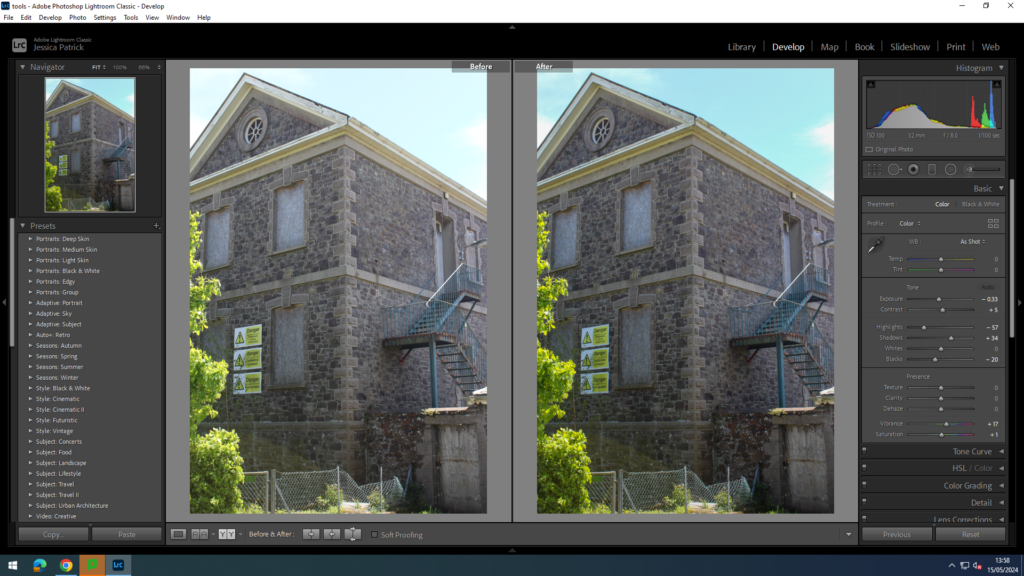
I edited this image by increasing the contrast, shadows, vibrancy and saturation, while decreasing the exposure, highlights and blacks. I did this so the building would look darker and more eerie.

I edited this image by increasing the exposure, contrast, shadows, whites, vibrancy and saturation, while decreasing the highlights and blacks. I did this, so the signs and the greenery growing on this building would stand out more.

I edited this image by increasing the contrast, shadows, vibrancy and saturation, while decreasing the exposure, highlights and blacks. I did this, so the greenery growing on this building would stand out more. I wanted to get the greenery in on these two images, so that I could present how this abandoned building is on a natural landscape, which inhabits lots of animals.
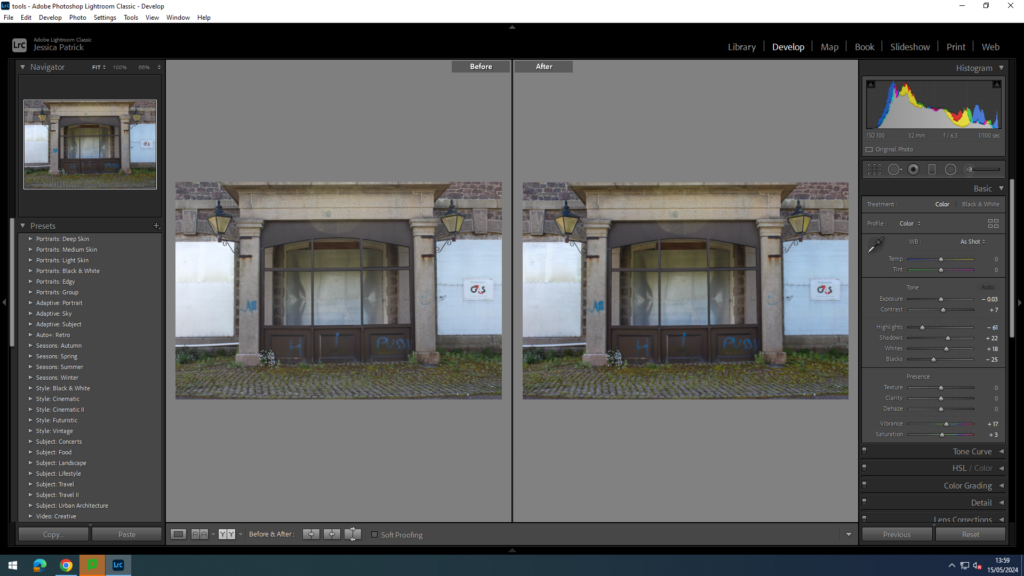



I edited these images of the front of the abandoned building, by increasing the contrast, shadows, vibrancy and saturation, while decreasing the exposure, highlights and blacks. I did this, so the greenery in them would stand out more, so I could strongly present the animals that may live here. I also wanted the graffiti on the first image to stand out more, so that the negative effects of these abandoned buildings are shown, such as trespassing and vandalism.

I edited this image by increasing the contrast, shadows, vibrancy and saturation, while decreasing the exposure, highlights and blacks. I did this, so the boarded up windows would be more visible and stand out more.


I edited these photos by by increasing the contrast, shadows, vibrancy and saturation, while decreasing the exposure, highlights and blacks. However, on the first one I increased the exposure. I did this, so that the over grown greenery is more vibrant. This is the perfect place to inhabit animals, because of how overgrown it is and because its abandoned, so no humans are around. This is bad for the animals, because there are many things left damaged or just left at these places, which could harm these animals, especially if they eat anything.
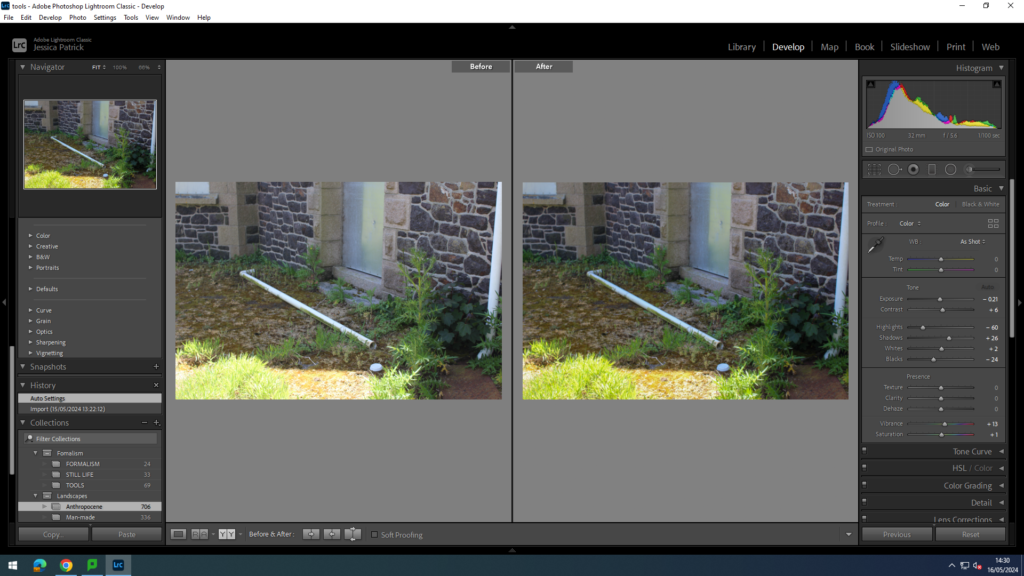

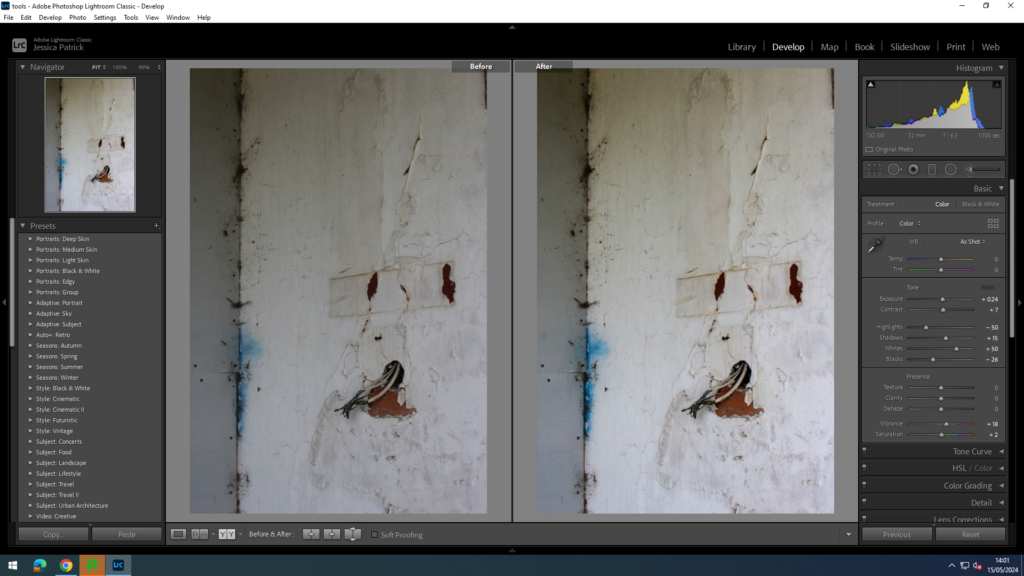
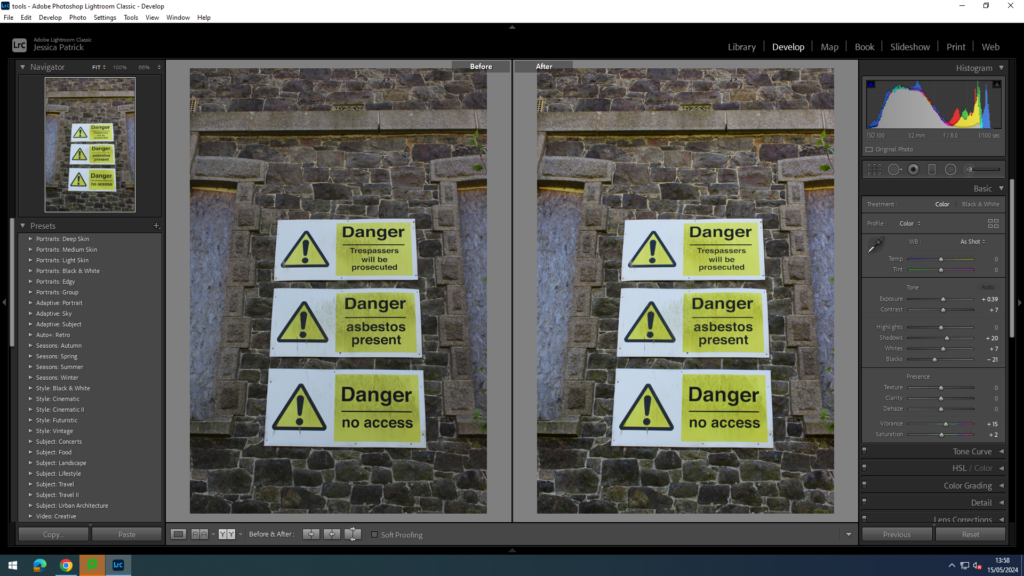
I edited these photos by by increasing the contrast, shadows, vibrancy and saturation, while decreasing the exposure, highlights and blacks. I did this, so the images would be more vibrant, especially the danger signs, so I can display how much of a hazard these buildings truly are. The lose wires are also a massive hazard, especially if any animals chew on these wires. These images all show the negative items/ things that are left behind at these abandoned buildings, which are harming the environment and the animals that live in this habitat.

I edited these photos by by increasing the exposure, contrast, shadows, vibrancy and saturation, while decreasing the highlights and blacks. I did this, so the photo has better lighting and the boarded up windows are the main view point.
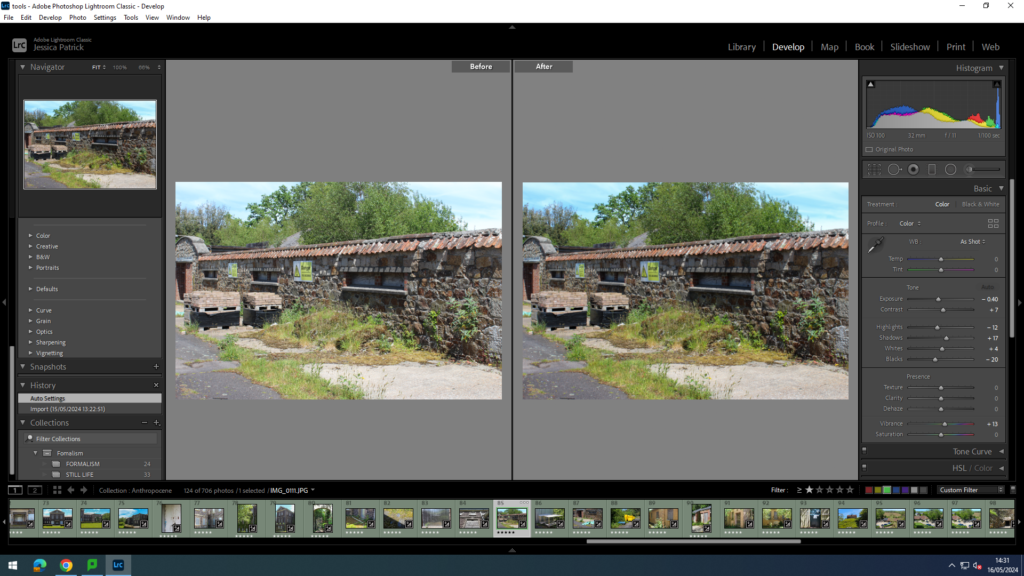
I edited these photos by by increasing the contrast, shadows, vibrancy and saturation, while decreasing the exposure, highlights and blacks.

I edited these photos by by increasing the exposure, contrast, shadows, vibrancy and saturation, while decreasing the highlights and blacks.
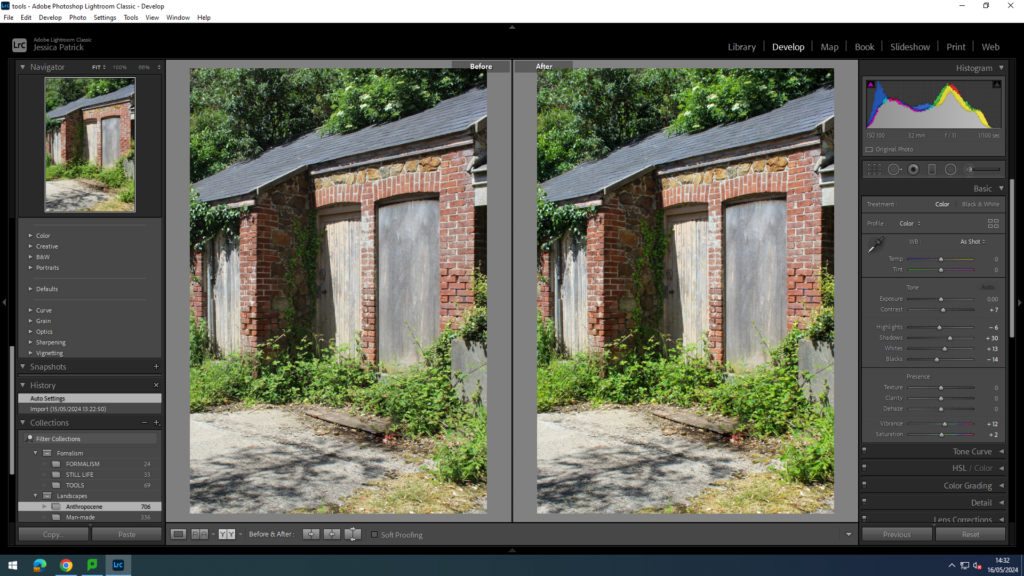
I edited these photos by by increasing the contrast, shadows, vibrancy and saturation, while decreasing the highlights and blacks.
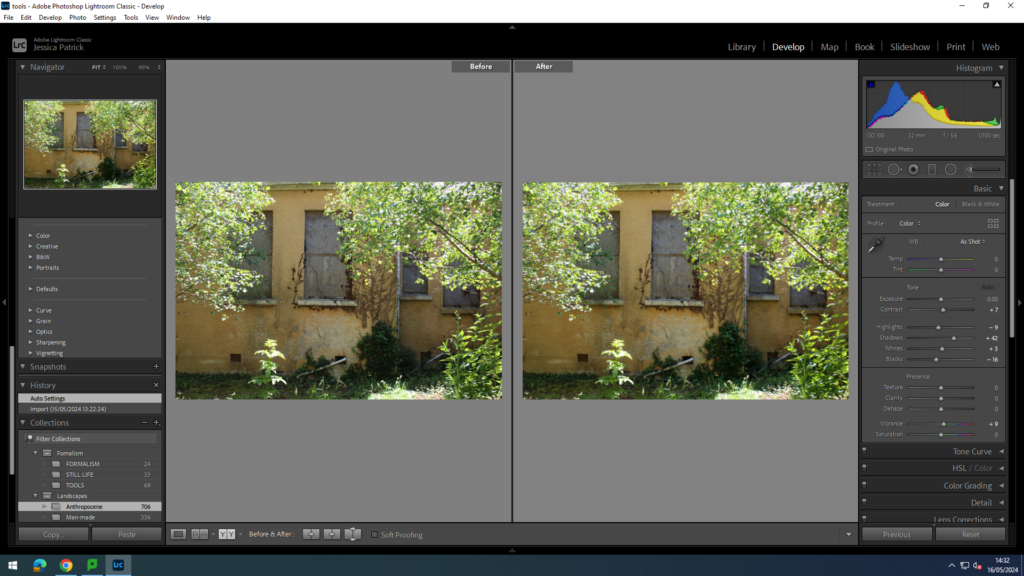
I edited these photos by by increasing the contrast, shadows, vibrancy and saturation, while decreasing the highlights and blacks.
These last few images are to really represent how many other smaller buildings there are here as well of the massive hospital. This is to show how large of a scale this abandoned site is and must be so many abandoned materials and hazards.
How do these Images relate to the theme of Anthropocene?
Abandoned buildings relate to the theme of Anthropocene, because they can cause things, such as pollution, wastage of resources, which are left for animals to find and could cause hazards to them. Not only do abandoned buildings cause problems for the environment and animals living there it also causes health problems for humans, as well as the animals, due to things like asbestos. Abandoned buildings also cause crime, development control problems, dangerous reptiles, accidents, and vagrancy.
Top 9 Final Images
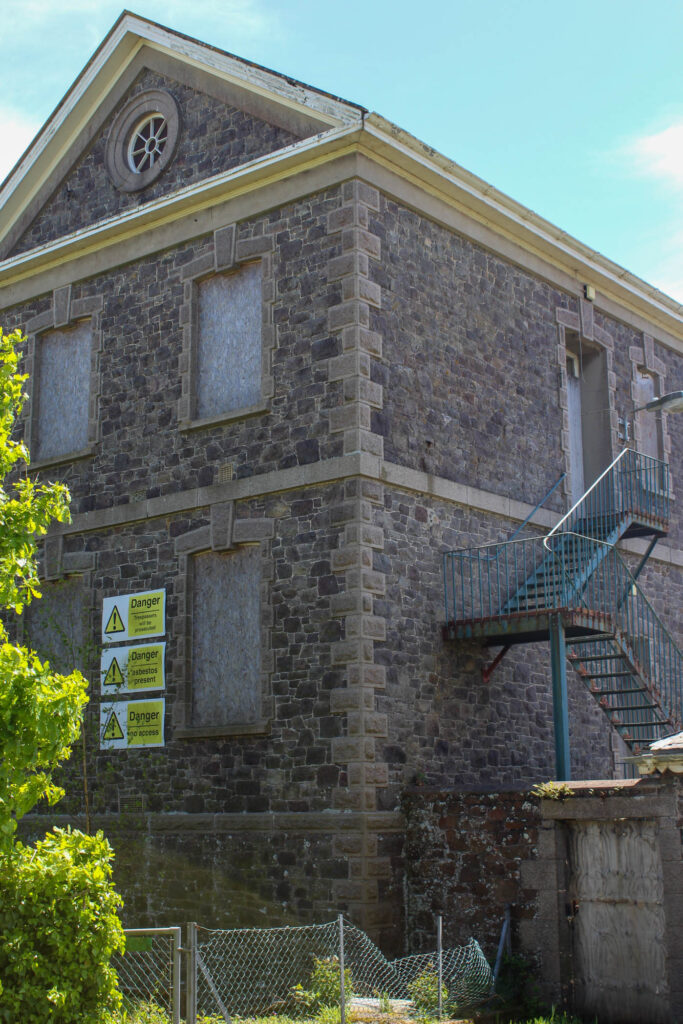
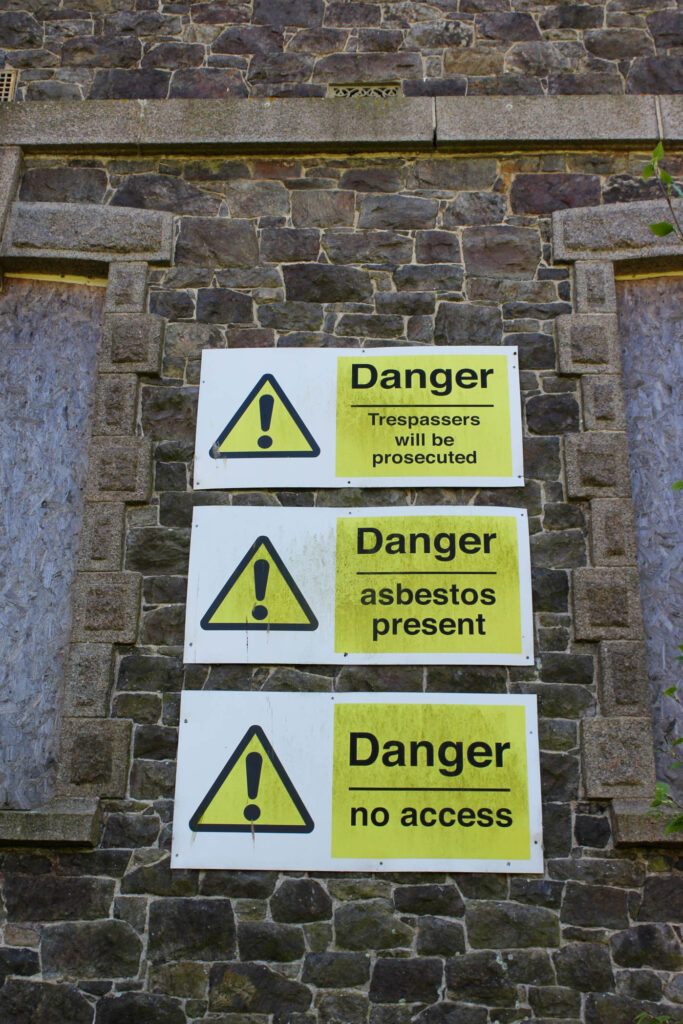
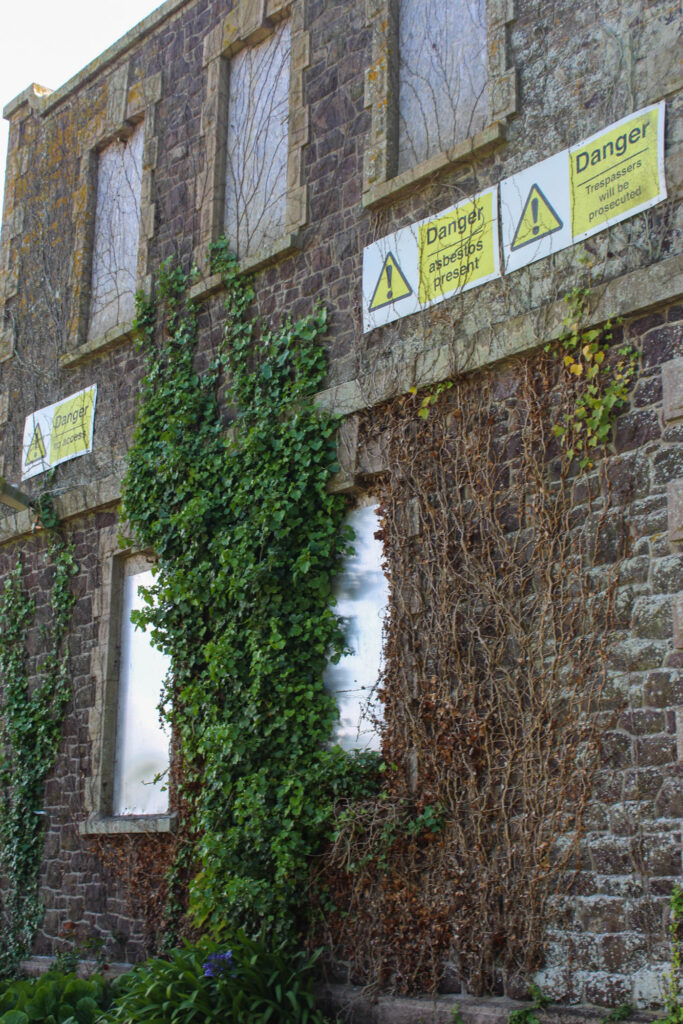
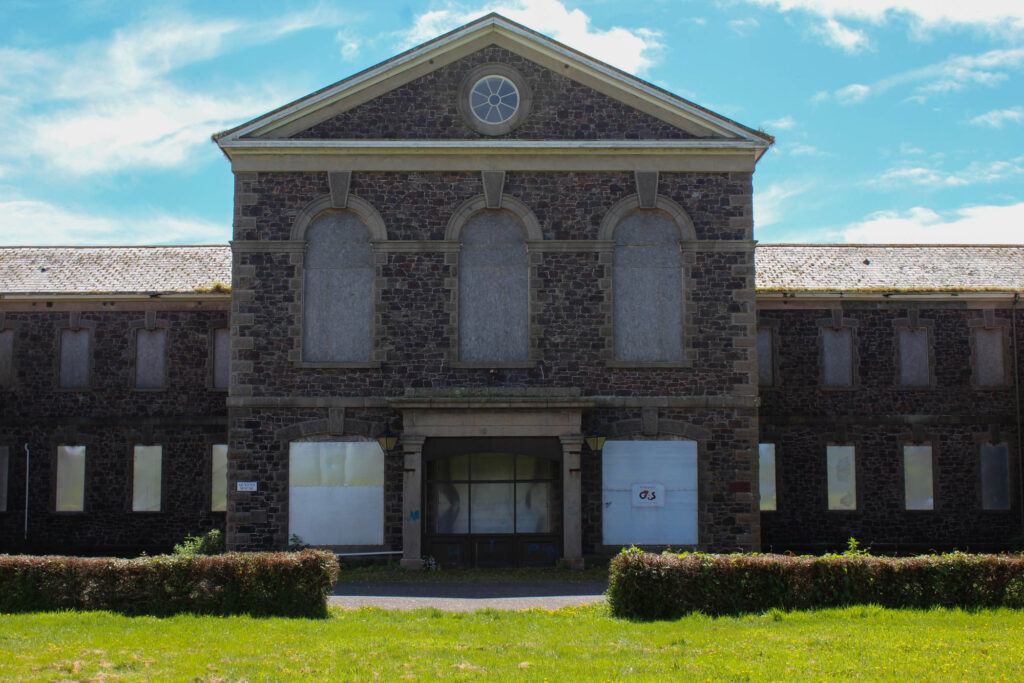
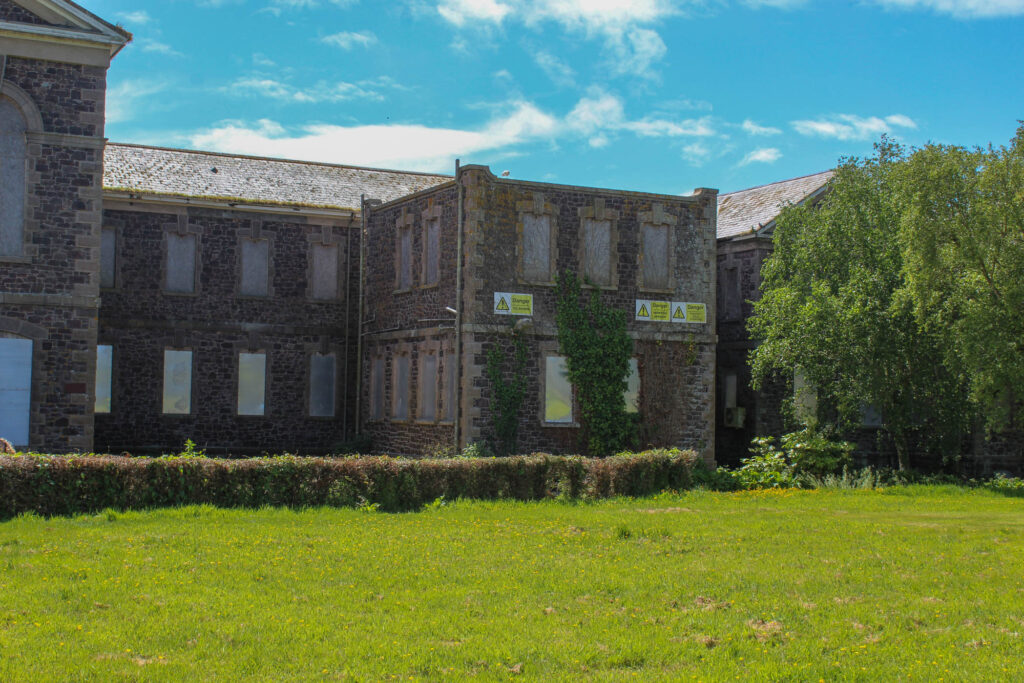


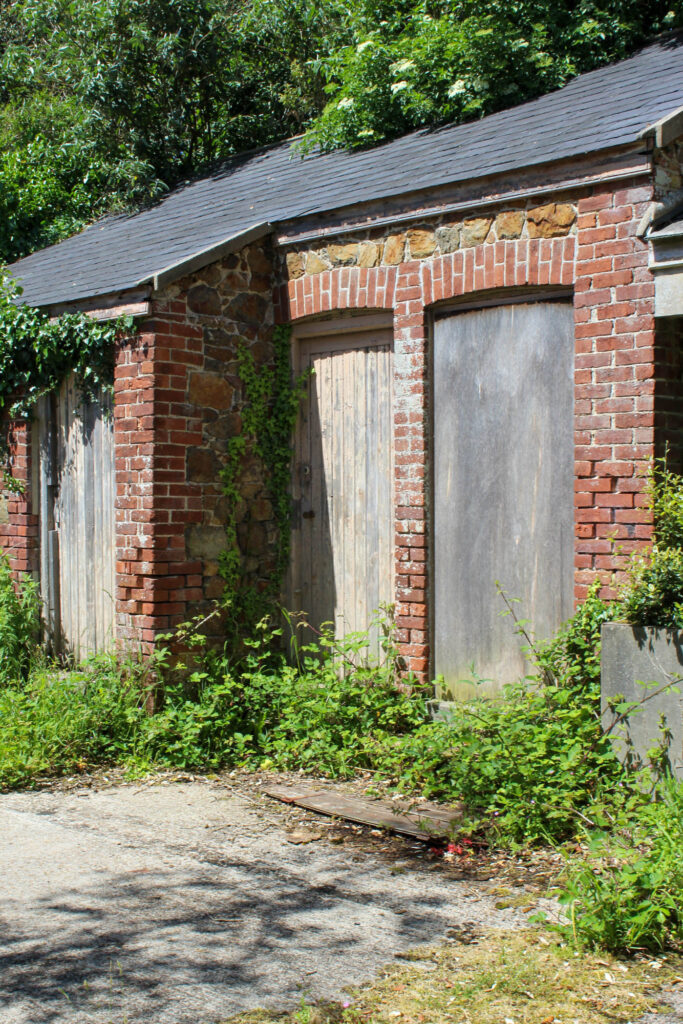

Bouley Bay Abandoned Hotel
The abandoned hotel in Bouley Bay, was the former Water’s Edge Hotel. This hotel catered for many tourists, until it went bankrupt and they were forced to sell the property. It was bought for £6.4 million by a family who will demolish it and build a stepped luxury home.
The redevelopment of the hotel was approved by the Planning Committee last October and now, six months later, the unnamed family behind it has acquired the property. The family who will live in the three-storey home said that planning approval ‘heralds an exciting new era’ for Bouley Bay when their plans were passed. Plans to convert the Water’s Edge into a home with guest accommodation, a pool, tennis courts and extensive landscaped gardens were first put forward in June 2021. They include building a new dive centre, in the same place where it is now, and a new café/restaurant, which is intended as a replacement for the Black Dog pub. Past Environment Minister John Young referred the application to a public inquiry, but this was overturned by the Royal Court, which said it failed to meet the required legal test. In parallel to the main application, the company behind the scheme also applied to build a temporary dive centre for the two to three years that the demolition and rebuild is expected to take. Its first attempt – to use the parking spaces by the bay’s bus stop was rejected by the Planning Committee, a group of politicians who decide on more controversial applications, but a second attempt building it on the German bunker which is now a viewing platform was approved in February. As part of a legally binding agreement with Planning, the owners of the site have pledged that the redevelopment won’t affect any hill climb events and the cliff path to and from White Rock will remain open. The owners have also agreed to limit movements of construction traffic during the summer months.
These images are in response to John Divola, because they are images of abandoned buildings, which is also what John Divola also took images of. I visited Bouley Bay, as well as St Saviour hospital to take my images of abandoned buildings.
Edits


I edited these images by increasing the exposure, contrast, shadows, whites, vibrancy and saturation, while decreasing the highlights and blacks. I have done this, so that the image would be brighter, as it had started to get dark as me and Katie were taking these photos. These images were taken at Bouley Bay, the old hotel. These images are in response to John Divola, as he also took photos of abandoned buildings. He mainly took photos of abandoned buildings by beaches, or on beaches, so that he could really stress the impact it would have on the wildlife. I purposely went to Bouley Bay, as it is also near a beach, similarly to John Divola.

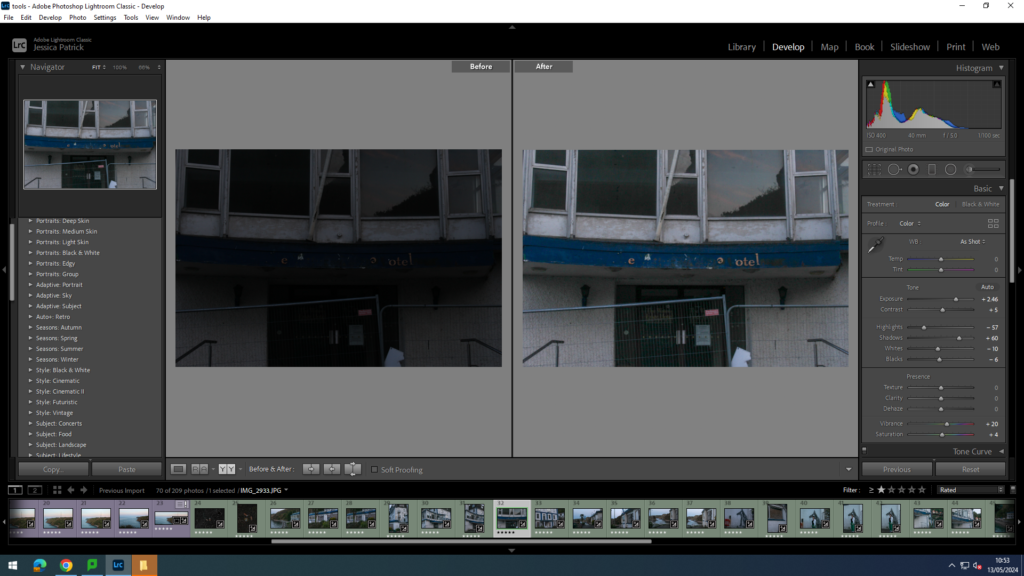
I edited this image by increasing the exposure, contrast, shadows, vibrancy and saturation, while decreasing the highlights, whites and blacks. I did this so the sign on the front of the hotel, that is very worn down is more visible, so I can show the state these abandoned buildings are really in. I wanted to show this, so I could present how much rubble and damage there is, that is harming the habitat and wildlife around it, or within it.
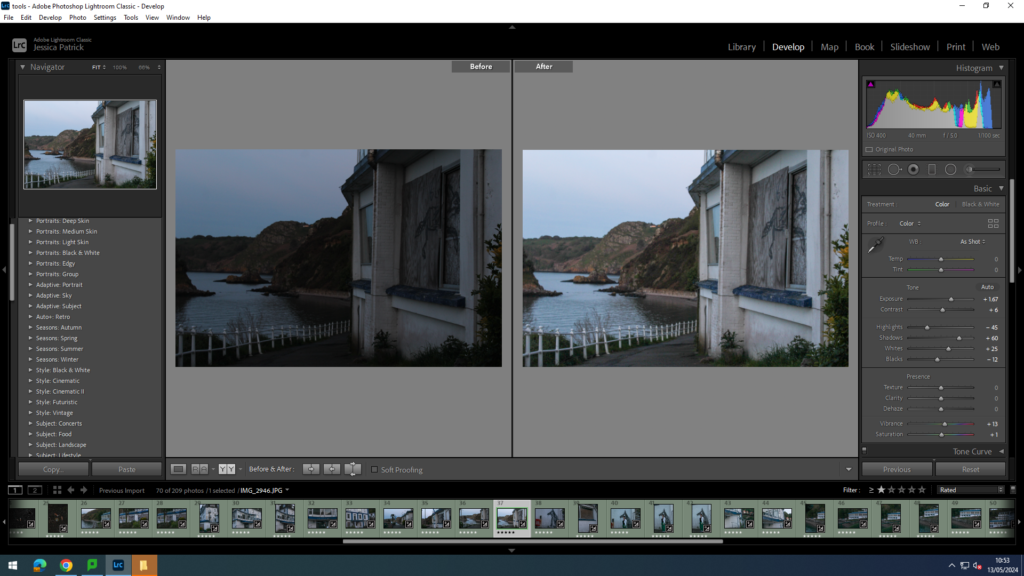
I edited this image by increasing the exposure, contrast, shadows, whites, vibrancy and saturation, while decreasing the highlights and blacks. I did this, so the image would be brighter and more vibrant, so not only the building could be seen better, but also the beach in the background. This image shows how the abandoned buildings is just above from Bouley Bay beach, like John Divola’s photos. This causes it to have a larger effect on the viewer, because it is close to a natural habitat that inhabits lots of wildlife, that the rubble may negatively impact.


I edited this image by increasing the exposure, contrast, shadows, whites, vibrancy and saturation, while decreasing the highlights and blacks. I did this, so the already existing graffiti that was on this abandoned building and Katie would be more visible and have greater contrast between them.

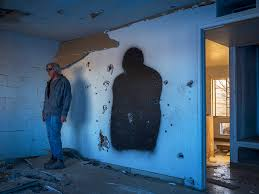
I took inspiration from John Divola’s photo, but in my own way, with what was available to me. In his image he had a black man figure behind him, but I had found a spray painted dog, which I thought would work nicely.
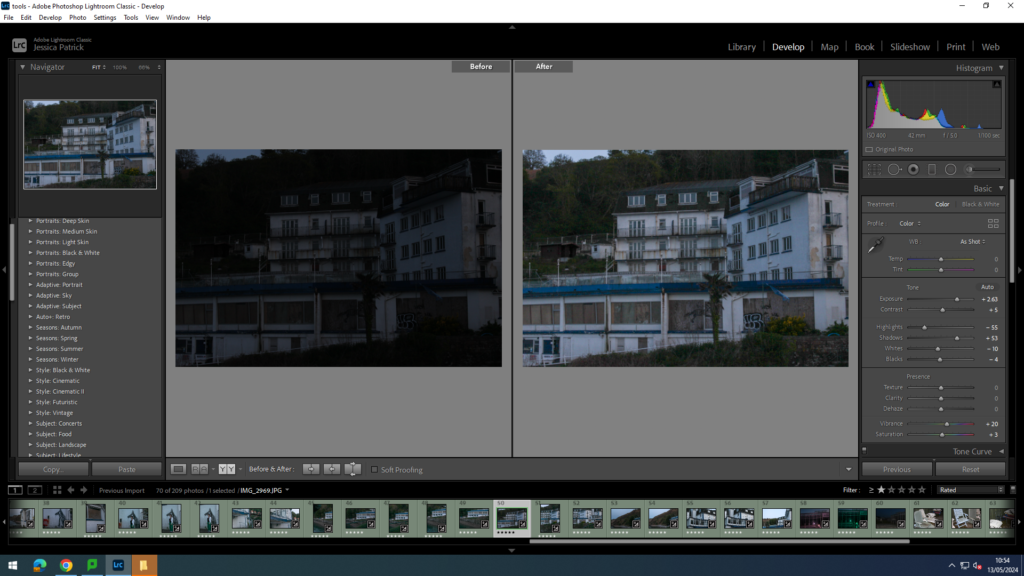


I edited this image by increasing the exposure, contrast, shadows, vibrancy and saturation, while decreasing the highlights, whites and blacks. I did this so the images would be brighter, as it had started to get very dark at this time. These images show the abandoned building as a whole and show the state this building is in. This building is a very large one, as it was a hotel and this photo presents how much rubble and resources were abandoned here, right next to a large animal habitat (the beach).

This image was edited by increasing the exposure, contrast, shadows, whites, vibrancy and saturation, while decreasing the highlights and blacks. I did this, so that the building would be a bit brighter and the greenery around it more vibrant. I wanted to make the greenery more vibrant and visible, so the viewer would recognise it and realise that this is a habitat for animals, with an abandoned building effecting it. This image is of a small abandoned building near St John.
Top 9 Final Images




